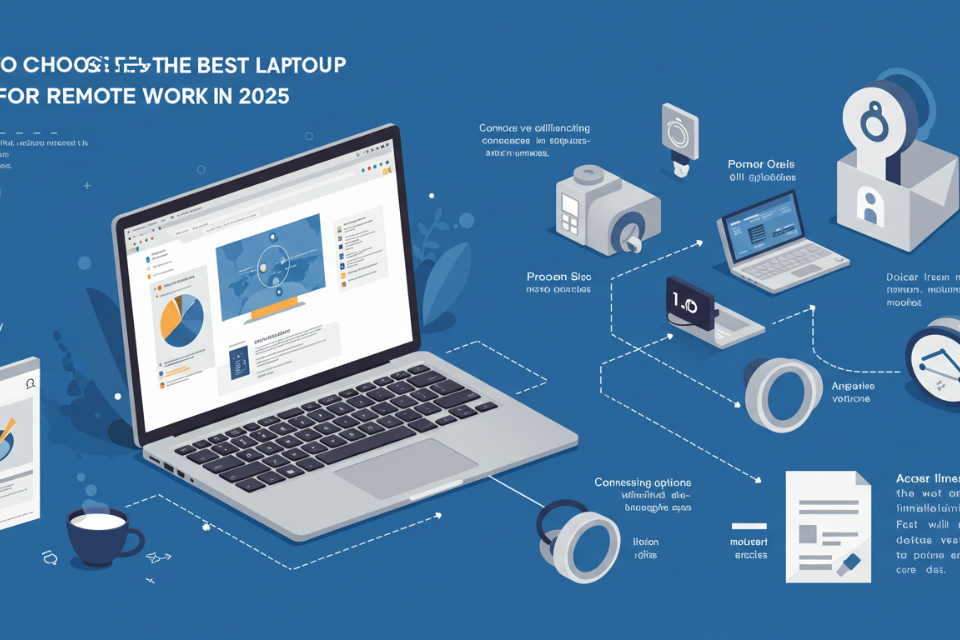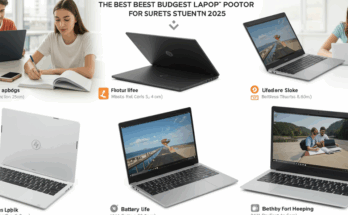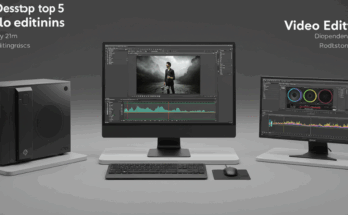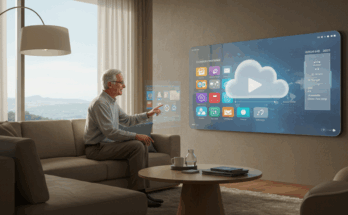Introduction
The shift to remote work has revolutionized how we approach our careers, offering flexibility and autonomy. But with this shift comes the crucial need for a reliable laptop that can keep up with your demanding work schedule. Choosing the right laptop isn’t just about aesthetics; it’s about investing in a tool that will boost your productivity and seamlessly integrate into your remote work life. This guide will walk you through the key factors to consider when choosing the best laptop for remote work in 2025.
Processor Power
The heart of any laptop is its processor. For remote work, especially if you’re dealing with resource-intensive applications like video editing or data analysis, you’ll need a powerful processor. Look for laptops with at least an Intel Core i5 or AMD Ryzen 5 processor, or higher, depending on your needs. Learn more about processor comparisons.
RAM and Storage
Having sufficient RAM (Random Access Memory) ensures smooth multitasking. Aim for at least 16GB of RAM for a seamless experience. As for storage, consider your needs. A solid-state drive (SSD) provides significantly faster boot times and application loading compared to a traditional hard drive (HDD). Explore different storage options to find the best fit for your budget and needs.

Display Quality
Spending hours in front of a screen necessitates a display that’s easy on the eyes. Look for a laptop with a high-resolution display (at least 1080p) and consider features like anti-glare technology to reduce eye strain. A larger screen size can also improve productivity. Read this expert review on display technology.
Battery Life
Portability is a key advantage of remote work, but it’s useless if your battery dies halfway through your workday. Prioritize laptops with long battery life – at least 8 hours on a single charge. Look for reviews and benchmark tests to gauge real-world battery performance. Check out our battery life test results.
Connectivity and Ports
Reliable internet connectivity is paramount for remote work. Ensure your laptop has a stable Wi-Fi adapter and consider a laptop with an Ethernet port for a more stable connection. Check the available ports (USB-A, USB-C, HDMI) to ensure compatibility with your peripherals.
Operating System
Choose an operating system (OS) that aligns with your needs and preferences. Windows remains a popular choice for its compatibility with a wide range of software. macOS offers a sleek and user-friendly interface, but software compatibility might be more limited. Consider your existing software and comfort level with different OS.
Keyboard and Trackpad
Comfort is key for long work sessions. Look for a laptop with a comfortable keyboard and a responsive trackpad. You might even consider trying out the keyboard and trackpad in person before purchasing, if possible. Read more about ergonomic considerations for remote work setups.
Budget
Set a realistic budget before you begin your search. Laptops range widely in price, and balancing features with cost is vital. Prioritize the features most important to your workflow and look for deals and discounts, always comparing specs and reviews from sources like PCMag and CNET.
Conclusion
Choosing the right laptop for remote work requires careful consideration of several factors. By focusing on processor power, RAM, storage, display quality, battery life, connectivity, OS, and keyboard comfort, while staying within your budget, you can find the perfect device to support your remote work needs in 2025 and beyond.
Frequently Asked Questions
What processor should I look for? For most remote work tasks, an Intel Core i5 or AMD Ryzen 5 is a great starting point. If you’re doing more demanding work like video editing, consider an i7 or Ryzen 7 processor.
How much RAM do I really need? 16GB of RAM is recommended for smooth multitasking. If you run many programs simultaneously, you may want to consider 32GB.
Is an SSD or HDD better? SSDs are significantly faster and more durable than HDDs. While they are usually more expensive, the performance benefits are well worth the investment.
What about battery life? Aim for at least 8 hours of battery life for a full workday. Check independent reviews for real-world battery performance.
How important is the display? A high-resolution (1080p or higher) display with anti-glare technology is essential for long working hours. Consider screen size based on your preferences and needs.



